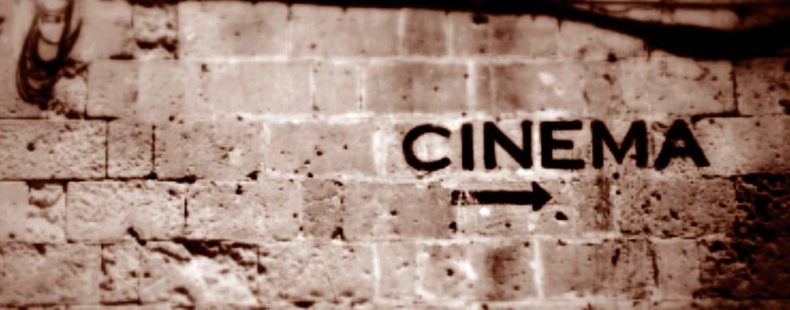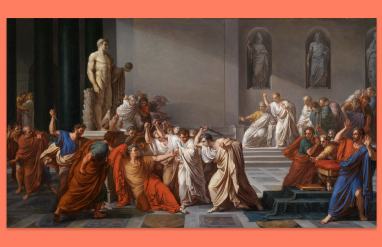Sound like a true cinéaste!
Bollywood, Nollywood, Mondo: Drop any of these genre names among movie buffs and you’ll sound like a true film connoisseur. That said, many of the world’s wackiest film genres developed outside of Hollywood, so you may still have some catching up to do. Boost your knowledge by taking a spin through this list of perplexing film genres from around the globe.






















